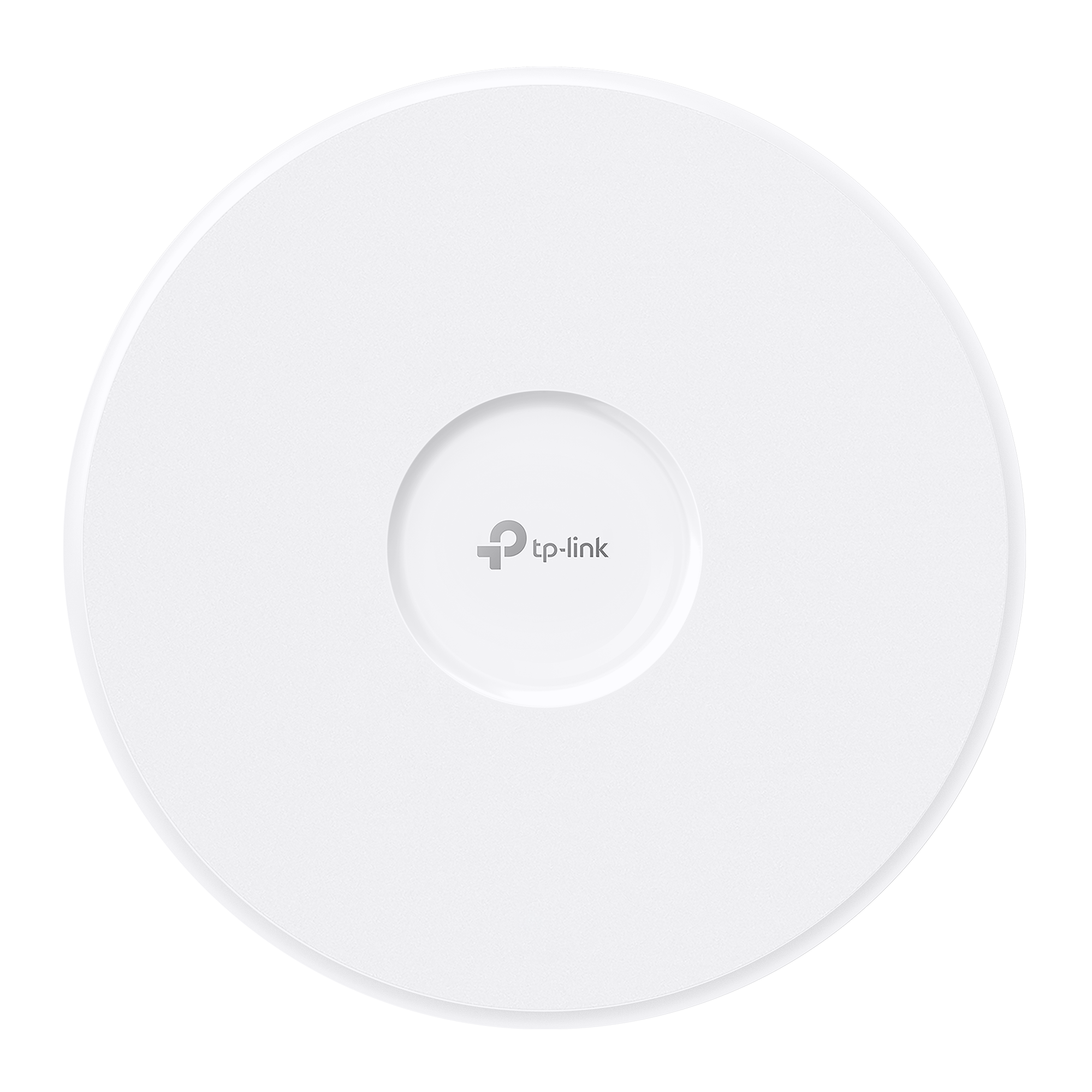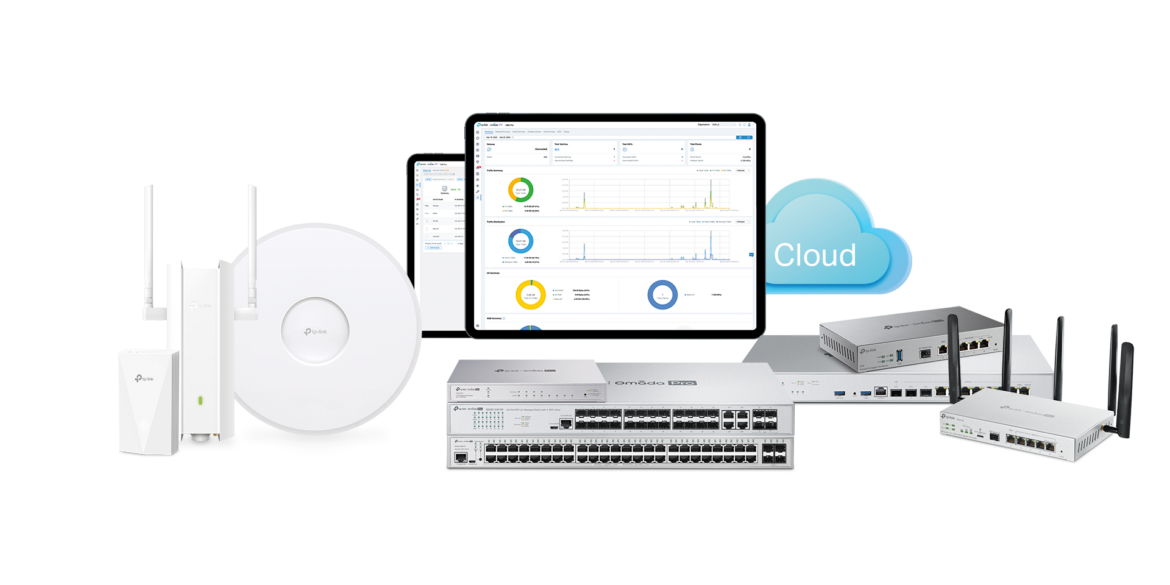As the battle for the Wi-Fi 7 market rages on, TP-Link is set to shake up the enterprise space with a Pro upgrade to its Omada routers, switches and access points.
Omada Pro takes the familiar Omada gear and supercharges it for the next generation of networks (and network managers). The biggest upgrade is support for up to 1500 clients, up from non-Pro Omada’s 500. That’s a maximum of course, and in a real-world network environment, you’ll probably see a slightly lower actual maximum, but it’s still a substantial increase in capacity.
Ceiling Mount Omada Wi-Fi 7 Access Point
The boost in maximum connections on Omada Pro networks is supported by a High-Density Connectivity feature set, which includes OFDMA, BSS Colouring, and MU-MIMO. Not a radio geek? Basically, these are are features that improve the stability and capacity of hundreds of simultaneous Wi-Fi connections, to devices like the AP9778 Omada Pro BE19000 Ceiling Mount Wi-Fi 7 Access Point. Which, as the name suggests, can provide up to 19Gbps of Wi-Fi 7 across its 6GHz, 5Ghz, and 2.4GHz bands.

Ceiling-mount APs are great for a whole range of businesses, industries, even schools, because they’re discreet (they look like chunky smoke detectors) and they use power over Ethernet (PoE) to minimise the need for cabling – and save you precious wall sockets.
Prioritising security
With security top of mind for all network managers, Omada Pro Wi-Fi devices include Wireless Intrusion Detection Systems (WIDS) and Wireless Intrusion Protection Systems (WIPS). Naturally, wired Omada Pro devices, such as Managed Switches and 10G Routers, also have IDS and IPS.
TP-Link assures us that one thing network managers have been asking for in a new range of high-end devices, is security assertion markup language (SAML) support for single sign-on (SSO). This gives managers more flexibility and convenience, without compromising on security.
This reflects Omada Pro’s software defined networking (SDN) approach to enterprise-grade network management. TP-Link’s Cloud Management Platform makes it easy to deploy new networks, monitor existing networks, and of course deal with any issues that may arise.
As well as the afore-mentioned ceiling-mount Wi-Fi access points, the Omada Pro range also includes smart and managed switches, weather-resistant outdoor access points (ideal for places like restaurants, resorts, and sporting grounds), and routers. And, TP-Link says, layer 3 aggregate switches are in the pipeline too.
